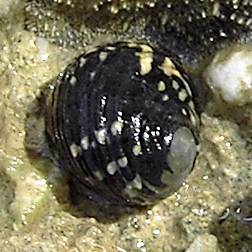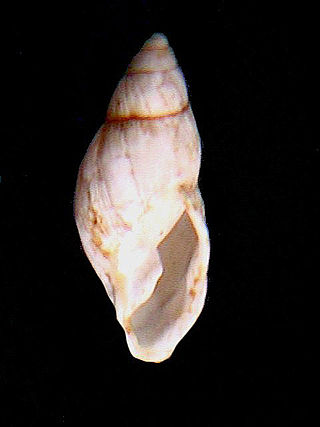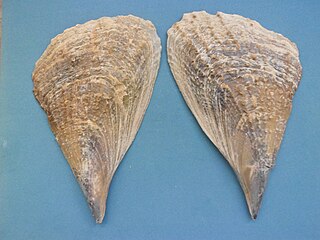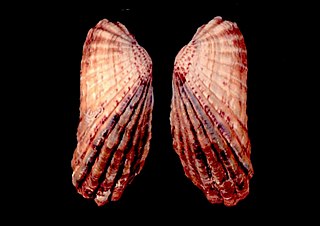
Auyán-tepui, also spelt Ayan, is a tepui in Bolívar state, Venezuela. It is the most visited and one of the largest tepuis in the Guiana Highlands, with a summit area of 666.9 km2 (257.5 sq mi) and an estimated slope area of 715 km2 (276 sq mi).

William Henry Phelps Jr. was a Venezuelan ornithologist and businessman.

Tobías Lasser CBE, was a recognized Venezuelan botanist, being a fundamental pillar in the creation of the Botanical Garden of Caracas, the School of Biology and the Faculty of Sciences of the Central University of Venezuela. He was born in Agua Larga, Falcón State, Venezuela.

Francisco Mago Leccia (“Mago”) was born in Tumeremo, Bolívar State, Venezuela on May 21, 1931 and died in Puerto La Cruz, Anzoátegui State, Venezuela on February 27, 2004. Mago was a distinguished Venezuelan ichthyologist who specialized in electric fish of the rivers and lagoons of South America, particularly of Venezuela. His education was Docent in Biology and Chemistry graduate from the “Instituto Pedagógico de Caracas”,, Master of Sciences from the University of Miami, Florida, U.S.A., Doctor in Sciences from Universidad Central de Venezuela. His Doctoral Thesis was entitled: “Los peces Gymnotiformes de Venezuela: un estudio preliminar para la revisión del grupo en la América del Sur”.

Nerita is a genus of medium-sized to small sea snails with a gill and an operculum, marine gastropod molluscs in the subfamily Neritinae of the family Neritidae, the nerites.

Poteria translucida is a species of tropical land snail with gills and an operculum, a terrestrial gastropod mollusk in the family Neocyclotidae.

Plekocheilus distortus is a species of air-breathing land snail, a terrestrial pulmonate gastropod mollusk in the family Amphibulimidae.

Phyllonotus margaritensis, common name the Margarita Murex, is a species of sea snail, a marine gastropod mollusk in the family Muricidae, the murex snails or rock snails.

Atrina seminuda, the half-naked pen shell, is a species of bivalve mollusc in the family Pinnidae.

Carditamera gracilis, or the West Indian cardita, is a species of bivalve mollusc in the family Carditidae. It can be found off the coast of the West Indies.
Calliostoma fernandezi is a species of sea snail, a marine gastropod mollusk in the family Calliostomatidae.

Vasum muricatum, common name the Caribbean vase, is a species of medium to large sea snail, a marine gastropod mollusk in the family Turbinellidae.
The Sierra de Lema is an upland mountain range area with tepuis, located in Bolívar state of southeastern Venezuela.

Rafael Antonio Curra was a Venezuelan ichthyologist and university professor. He is considered one of the pioneers of oceanographic studies in his native country.

The Oceanographic Institute of Venezuela is an academic and research institution within the Universidad de Oriente which specializes in applied research and teaching in the fields of marine biology, oceanography and fisheries science.














